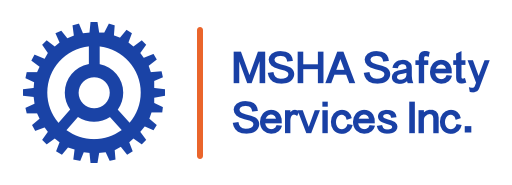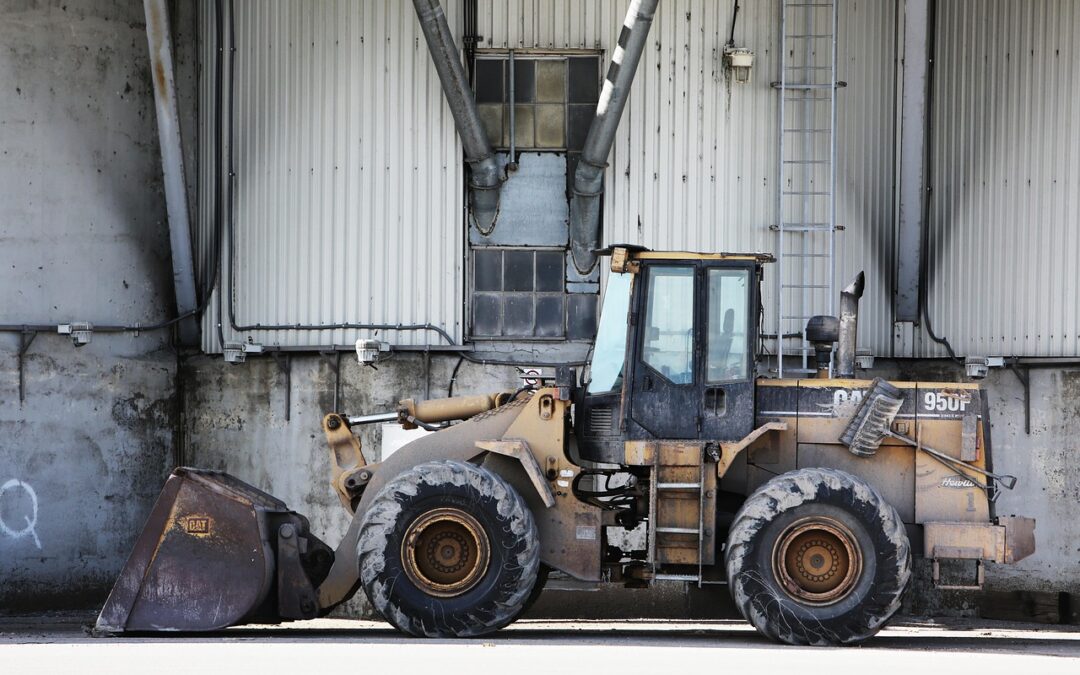In the mining industry, safety is paramount—especially when it comes to the infrastructure miners rely on daily, such as ladders, travel ways, and escapeways. The Mine Safety and Health Administration (MSHA) has established standards to ensure that these essential components are not only properly constructed but also regularly inspected and maintained. Understanding and complying with MSHA standards for fixed ladders, travel ways, and escapeways is essential in preventing accidents and facilitating swift emergency responses. This article explores the key regulations and best practices for ensuring ladder safety in mining, highlighting how facilities can stay compliant while keeping ladders safe and reliable for miners in all types of operations.
MSHA Standards for Fixed Ladders, Travel ways, and Escapeways
MSHA enforces regulations for fixed ladders, travel ways, and escapeways under 30 CFR Parts 56, 57, and 77 to ensure safe access and movement throughout mining sites. These rules cover ladder construction, emergency escape routes, and safe travel pathways. For fixed ladders, MSHA requires them to extend at least three feet above landings to provide secure handholds—or workers must install sturdy handholds instead. When a ladder leans more than 70 degrees and measures 30 feet or longer, it must include fall protection such as a cage, back guard, or a similar system, starting within seven feet from the bottom. Workers must also include landings or gates every 30 feet to break up long climbs. For ladderways built after November 15, 1979, the clear opening must measure at least 24 by 24 inches from the ladder face to allow safe, unobstructed passage.
What Is the New Rule for Fixed Ladders?
A major recent update to MSHA’s regulations is the alignment with OSHA’s revised standards for fixed ladders over 24 feet. Traditional ladder cages are being phased out in favor of more effective fall protection systems. Under the new rule, fixed ladders installed after the effective date must be equipped with personal fall arrest or ladder safety systems rather than cages or wells. Older ladders don’t escape scrutiny—when they’re repaired or replaced, they must also be brought into compliance. This shift aims to modernize mining safety and significantly reduce fall-related injuries.
Design and Construction Standards for Fixed Ladders
Fixed ladders must meet specific design criteria to be considered safe under MSHA regulations. They are required to support at least two 250-pound loads concentrated between any two consecutive attachments. Rungs must be evenly spaced, no more than 12 inches apart, and constructed from slip-resistant materials. The ladder’s vertical orientation should be maintained at a 90-degree angle for stability. Additionally, handrails, intermediate landing platforms (typically every 30 feet), and the inclusion of safety cages or fall arrest systems—where necessary—form part of the broader design framework aimed at protecting workers.
When Are Ladder Safety Devices Required on Fixed Ladders?
For ladders that exceed 24 feet in length, MSHA mandates the inclusion of ladder safety devices. These can include lifelines, cages, or personal fall arrest systems. Any new ladder that meets or exceeds this length must be equipped with one of these protective features from the outset. Older ladders must be updated during major repairs or by deadlines outlined in compliance schedules. These devices play an important role in reducing fall risks and are essential components of a well-rounded safety system.
What Are the Requirements for a Fixed Ladder Inspection?
Fixed ladders require consistent oversight to remain safe. Ladders in frequent use must be visually inspected at least once per shift. In addition to these routine checks, a more thorough, documented inspection must be carried out monthly by a competent person. Any signs of wear, damage, or corrosion must be addressed immediately. If a ladder is found to be unsafe, it must be taken out of service until proper repairs are made. These inspection practices ensure that ladder issues are identified and corrected before they lead to incidents.
Travelway Safety: MSHA Regulations for Surface Operations
Travel ways are designated paths that allow miners to navigate surface sites safely. To minimize risk, MSHA requires these areas to be clear of obstructions, properly lit, and equipped with guardrails where elevation changes occur. Surfaces must be slip-resistant, especially in high-traffic zones or in environments prone to moisture and debris. Frequent inspections are necessary to identify and correct hazards promptly. These regulations aim to eliminate common causes of injury, such as tripping or slipping, and to maintain consistent access throughout the site.
Escapeway Design Standards for Underground Mines
In underground mines, escapeways are essential for emergency evacuations. MSHA requires at least two separate, continuous escapeways that lead to the surface to ensure redundancy in case one route is compromised. These paths must be clearly marked, well-illuminated, and equipped with adequate ventilation. Refuge areas must be strategically placed along the route, offering protection and resources for miners during emergencies. Escapeway maps should be accessible to all workers, and regular emergency drills are necessary to ensure that everyone is familiar with the routes and can evacuate efficiently when needed.
Maintenance and Inspection Protocols for Ladders and Travelways
Maintaining ladders and travel ways in proper working condition is not optional—it’s a safety necessity. MSHA requires that debris and obstructions be regularly cleared to prevent slips and falls. Any signs of structural damage, including cracks, corrosion, or instability, must be addressed immediately. Surfaces subject to heavy foot traffic should be treated with anti-slip coatings. Maintenance records and inspection logs should be kept up to date and reviewed regularly to track issues and repairs. A consistent maintenance program supports safer movement across the site and compliance with federal regulations.
Training Requirements for Safe Use of Ladders and Travelways
MSHA places strong emphasis on training to prevent accidents involving ladders and travel ways. Workers must be trained in proper climbing techniques, hazard identification, and the correct use of fall protection systems. They should also be familiar with emergency escape procedures. Training sessions must be conducted regularly, particularly when new equipment is introduced or safety protocols are updated. Supervisors are responsible for ensuring that only qualified, trained personnel access hazardous areas. Regular refresher training reinforces a culture of safety and ensures that everyone remains alert to potential risks.
Emergency Procedures: Responding to Incidents Involving Ladders and Travelways
Preparedness is key when emergencies occur. Mines must have detailed emergency response plans that include immediate first aid, rescue operations, and efficient communication protocols. Systems for alerting personnel—such as alarms and two-way radios—must be tested regularly. Quick access to escapeways and coordination with external emergency teams can make the difference between a controlled incident and a disaster. Quarterly drills, including realistic simulations, help identify gaps in the response plan and ensure that all team members are ready to act under pressure.
Technological Innovations Enhancing Ladder and Travelway Safety
Modern technology is playing an increasing role in improving access and egress safety in mining. Smart sensors can monitor ladder integrity and detect structural issues in real time. Wearable devices can alert supervisors to falls or unusual movements, speeding up emergency response. Mobile applications now streamline the inspection process, allowing teams to document findings instantly. Drones are also being used to inspect hard-to-reach ladders and elevated structures without placing workers at risk. These innovations help create smarter, more responsive safety systems.

Advancing Safety Through MSHA Compliance
At the core of every successful mining operation is a commitment to safety. MSHA’s standards for fixed ladders, travel ways, and escapeways are more than just regulatory checkboxes—they represent a promise to every miner and their family. By following thoughtful design practices, maintaining rigorous inspection routines, and investing in training and technology, mining teams can significantly reduce risk. Ultimately, adhering to these standards ensures that each miner has the tools and knowledge they need to climb and escape safely—and return home at the end of every shift.

